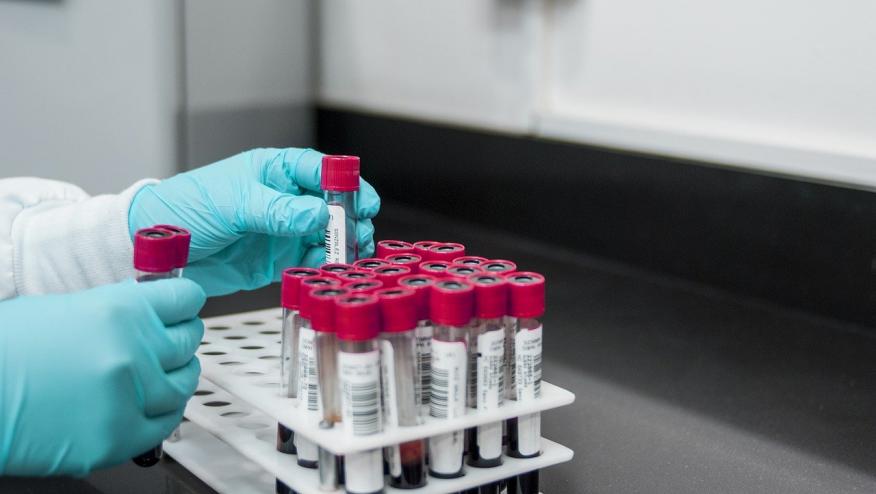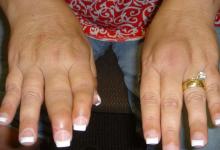Consensus on Bone Turnover Biomarkers in Osteoporosis Save

A new consensus paper, published by the European Society for Clinical and Economic Aspects of Osteoporosis, Osteoarthritis and Musculoskeletal Diseases (ESCEO), the International Osteoporosis Foundation (IOF), and the International Federation of Clinical Chemistry and Laboratory Medicine (IFCC), provides an updated evaluation of reference bone turnover markers (BTMs) and newer markers in the diagnosis and management of osteoporosis.
The paper, titled “Update on the Role of Bone Turnover Markers in the Diagnosis and Management of Osteoporosis”, reassesses the clinical utility of BTMs in predicting fracture risk and monitoring osteoporosis treatment based on evidence from the past decade. The study reaffirms the use of procollagen type I N propeptide (PINP) and β-isomerized C-terminal telopeptide of type I collagen (β-CTX-I) as reference BTMs, with standardized measurement protocols for clinical studies and patient monitoring.
Key Findings
- Increased concentrations of BTMs are linked to higher fracture risk in postmenopausal women.
- PINP and β-CTX-I measured in blood are associated with fracture risk; however, further research is needed to integrate them into fracture risk assessment models.
- Treatment-induced changes in PINP and β-CTX-I contribute significantly to fracture risk reduction and help improve treatment adherence.
- In patients with chronic kidney disease (CKD), renal retention may impact total PINP and β-CTX-I levels, necessitating alternative markers such as bone alkaline phosphatase (BALP), intact PINP and tartrate-resistant acid phosphatase 5b (TRACP5b). These show promise in assessing bone turnover in CKD-related osteoporosis and are recommended for inclusion in observational and interventional studies.
Clinical implications and areas for further research
“Bone turnover markers are invaluable tools in the fight against osteoporosis. Their use in monitoring treatment adherence and predicting fracture risk can significantly improve patient outcomes,” said the study’s senior author Professor Etienne Cavalier, Chair of the Joint IOF Working Group and IFCC Committee on Bone Metabolism, and Vice-Chair of the IOF Committee of Scientific Advisors.
“This paper offers a roadmap for integrating BTMs into clinical practice and advancing osteoporosis research and underscores the importance of standardizing BTM measurement techniques to ensure reliable and reproducible data. The findings provide guidance for clinicians on incorporating BTMs into osteoporosis management while highlighting areas where further research is needed, particularly in patients with chronic kidney disease.”
The authors point to areas of further study, including research into the efficacy of serum PINP and plasma β-CTX-I in managing the offset of drug action after stopping antiresorptive therapies, and research into their role in fracture risk prediction within untreated populations to potentially support their integration into risk calculators such as FRAX. Expanding reference interval studies beyond Europe, the Far East, and Australia, and exploring harmonization between populations, would also be essential. Determining premenopausal median values for BTMs across different populations may help optimize treatment targets, particularly for antiresorptives. Furthermore, as BALP and TRACP5b were shown to have promise as reference BTMs for CKD-associated osteoporosis, further research into their role in fracture risk assessment and treatment monitoring in CKD patients is warranted. Lastly, studies on newer bone status indices (BSIs) are required to clarify their clinical applications and contributions to understanding bone disease pathophysiology.
Professor Eugene McCloskey, co-author and Chair of the IOF Committee of Scientific Advisors added:
“We extend our sincere gratitude to the authors for their work in publishing this important consensus. As a collaborative effort by IOF, ESCEO, and IFCC experts, this consensus reaffirms serum PINP and plasma β-CTX-I as the reference BTMs in osteoporosis, providing a simple, low-risk, and convenient method for monitoring treatment effectiveness and adherence to both anti-resorptive and anabolic therapies. We hope that all stakeholders in the bone community will adopt and utilize this knowledge, ultimately contributing to improved patient outcomes through better treatment adherence and effectiveness.”
Reference:
Update on the Role of Bone Turnover Markers in the Diagnosis and Management of Osteoporosis. A Consensus Paper from The European Society for Clinical and Economic Aspects of Osteoporosis, Osteoarthritis & Musculoskeletal Diseases (ESCEO), International Osteoporosis Foundation (IOF), and International Federation of Clinical Chemistry and Laboratory Medicine (IFCC). Bhattoa, H.P., Vasikaran, S., Trifonidi, I. et al. Update on the role of bone turnover markers in the diagnosis and management of osteoporosis: a consensus paper from The European Society for Clinical and Economic Aspects of Osteoporosis, Osteoarthritis and Musculoskeletal Diseases (ESCEO), International Osteoporosis Foundation (IOF), and International Federation of Clinical Chemistry and Laboratory Medicine (IFCC). Osteoporos Int (2025). https://doi.org/10.1007/s00198-025-07422-3









If you are a health practitioner, you may Login/Register to comment.
Due to the nature of these comment forums, only health practitioners are allowed to comment at this time.